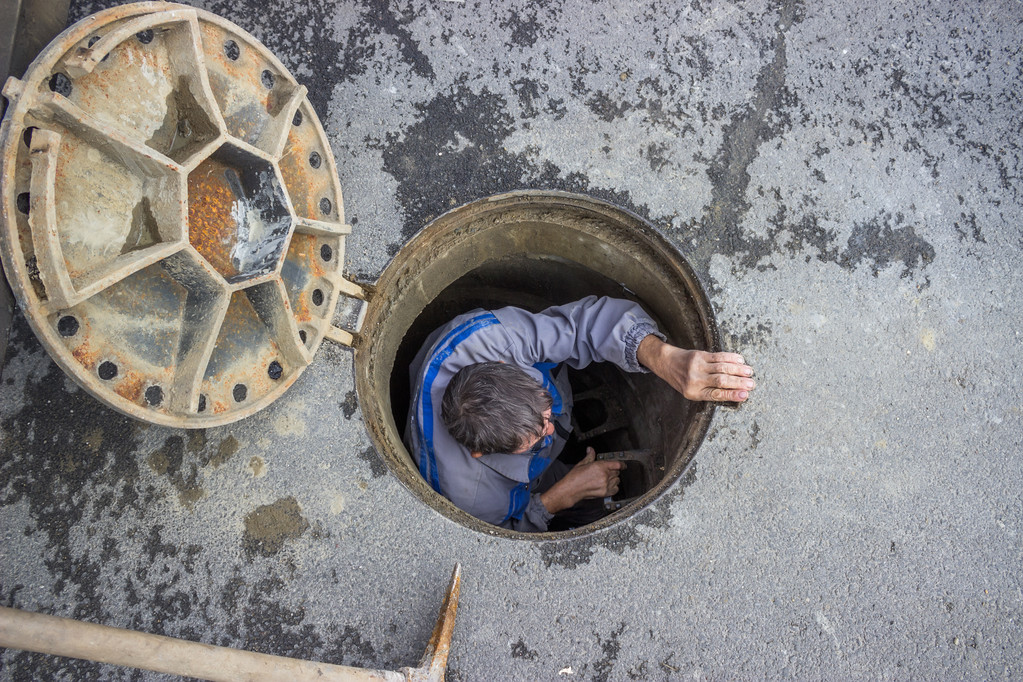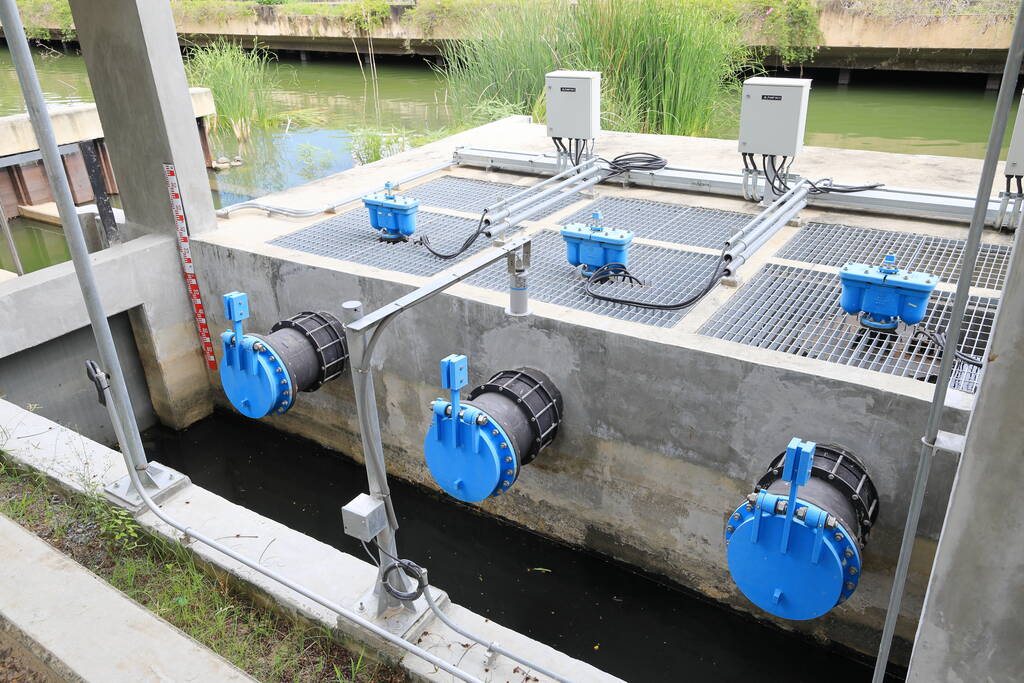Restoring Hygiene and Environmental Safety: The Vital Role of Sewage Cleanup
Sewage cleanup is a critical process that plays a pivotal role in maintaining public health and environmental safety. When sewage systems malfunction or natural disasters strike, the consequences can be devastating. Untreated sewage poses a significant risk to human health, as it contains harmful pathogens, toxic chemicals, and other contaminants. Additionally, sewage spills can contaminate water sources, disrupt ecosystems, and cause long-term damage to the environment.

In this article, we will explore the importance of sewage cleanup, its challenges, and the methods employed to restore hygiene and ensure the well-being of communities.
The Dangers of Untreated Sewage:
Untreated sewage contains a variety of hazardous substances that can pose serious risks to both human and environmental health. Pathogens such as bacteria, viruses, and parasites are commonly found in raw sewage. These microorganisms can cause illnesses such as gastroenteritis, hepatitis, and cholera when ingested or come into contact with open wounds. Furthermore, sewage often contains toxic chemicals, heavy metals, and pharmaceutical residues, which can contaminate water sources and enter the food chain, posing long-term health risks.
Environmental Impact and Ecosystem Disruption:
Sewage spills have detrimental effects on the environment and ecosystems. When sewage enters water bodies, it depletes oxygen levels, leading to the suffocation of aquatic life. The excessive nutrients present in sewage, such as nitrogen and phosphorus, cause algal blooms, leading to eutrophication. This disrupts the balance of the ecosystem, harming aquatic organisms and reducing biodiversity. Additionally, sewage spills can contaminate soil, impacting agriculture and posing a risk to plant and animal life.
Challenges of Sewage Cleanup:
Sewage cleanup presents several challenges due to the complex nature of the task. Firstly, the cleanup process requires a specialized workforce equipped with the necessary training, protective gear, and equipment. Dealing with hazardous substances requires expertise to ensure the safety of workers and prevent the spread of contamination. Secondly, sewage cleanup often occurs during emergency situations, such as after natural disasters, when resources and infrastructure may be compromised. Coordinating efforts between different agencies and organizations becomes crucial to ensure an efficient response. Finally, the cost of sewage cleanup can be substantial, particularly for large-scale incidents. Funding and resource allocation become critical factors in effectively addressing the aftermath of sewage spills.
Methods of Sewage Cleanup:
The process of sewage cleanup involves a combination of containment, removal, treatment, and restoration measures. Initially, the affected area must be cordoned off to prevent further contamination and minimize health risks. Protective gear is essential for workers involved in the cleanup, including gloves, masks, and waterproof clothing.
Once containment measures are in place, the removal of sewage begins. This may involve the use of vacuum trucks and pumps to extract the contaminated water and sludge. In cases of extensive damage, excavation and removal of contaminated soil may be necessary.

Treatment of the extracted sewage is a critical step to ensure proper disposal. The sewage undergoes a series of processes such as filtration, sedimentation, and disinfection to remove contaminants and reduce the risk of further pollution. Advanced technologies like ultraviolet disinfection or chemical treatments may also be employed.
After the sewage has been effectively treated, restoration efforts commence. This includes repairing damaged infrastructure, restoring affected areas to their original state, and implementing measures to prevent future incidents. It may involve rehabilitating ecosystems, replanting vegetation, and restoring water quality.
Learn more at Wiki as well.
